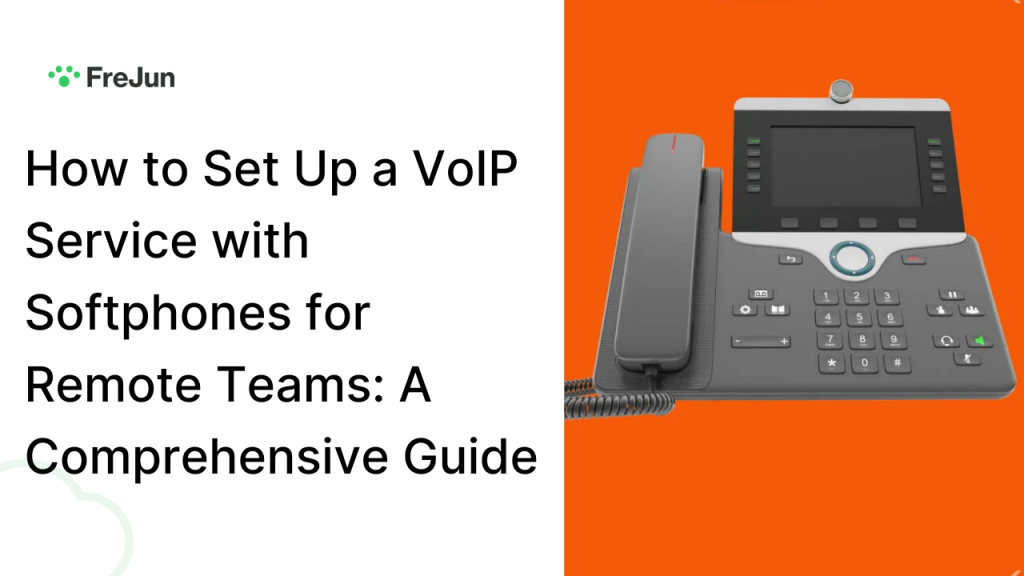Last updated on May 1st, 2025 at 12:22 pm
In the ever-changing landscape of remote work, communication is critical. Teams scattered across different regions and time zones rely heavily on technological solutions to stay connected, collaborate, and thrive. One of the most crucial tools in this evolving work environment is Voice over Internet Protocol (VoIP) services, coupled with softphones, which have become game-changers for businesses in the digital age. This guide explores how to set up and integrate a VoIP service to optimize communication for remote teams.
As remote work continues to dominate the corporate landscape in 2025, businesses need efficient communication solutions. Voice over Internet Protocol (VoIP) services with softphones provide cost-effective, flexible, and scalable telecommunication options for remote teams. In this guide, we’ll walk you through setting up a VoIP service with softphones, ensuring seamless collaboration for your distributed workforce.
Table of contents
- What is VoIP?
- Essential VoIP Metrics to Track
- The Evolution of Softphones
- Comprehensive Benefits of VoIP Services with Softphones
- VoIP vs Traditional Phone System
- Strategic Implementation of VoIP Services
- Selecting the Right VoIP Provider
- Security and Compliance Considerations
- Conclusion: The Future of Business Communication
- Frequently Asked Questions
What is VoIP?
Voice over Internet Protocol (VoIP) is a technology that converts voice signals into digital data, enabling communication over the internet rather than through traditional telephone lines. This technology has revolutionized business communication, offering cost-effective, flexible, and feature-rich solutions that empower remote teams to stay connected no matter where they are located.
Essential VoIP Metrics to Track
| Metric | Description |
| Jitter | Measures variations in packet delay. |
| Latency | Time taken for data to travel. |
| Packet Loss | Data packets lost in transmission. |
| MOS Score | Measures overall call quality. |
The Evolution of Softphones
Softphones are software applications that enable communication through the internet, turning computers, tablets, or smartphones into fully functional communication devices. These devices provide more advanced features than traditional phones, such as voicemail, call forwarding, conferencing, and integration with other business tools. Softphones are perfect for remote teams, as they can be used from any location, on any device, provided there is an internet connection.
Comprehensive Benefits of VoIP Services with Softphones
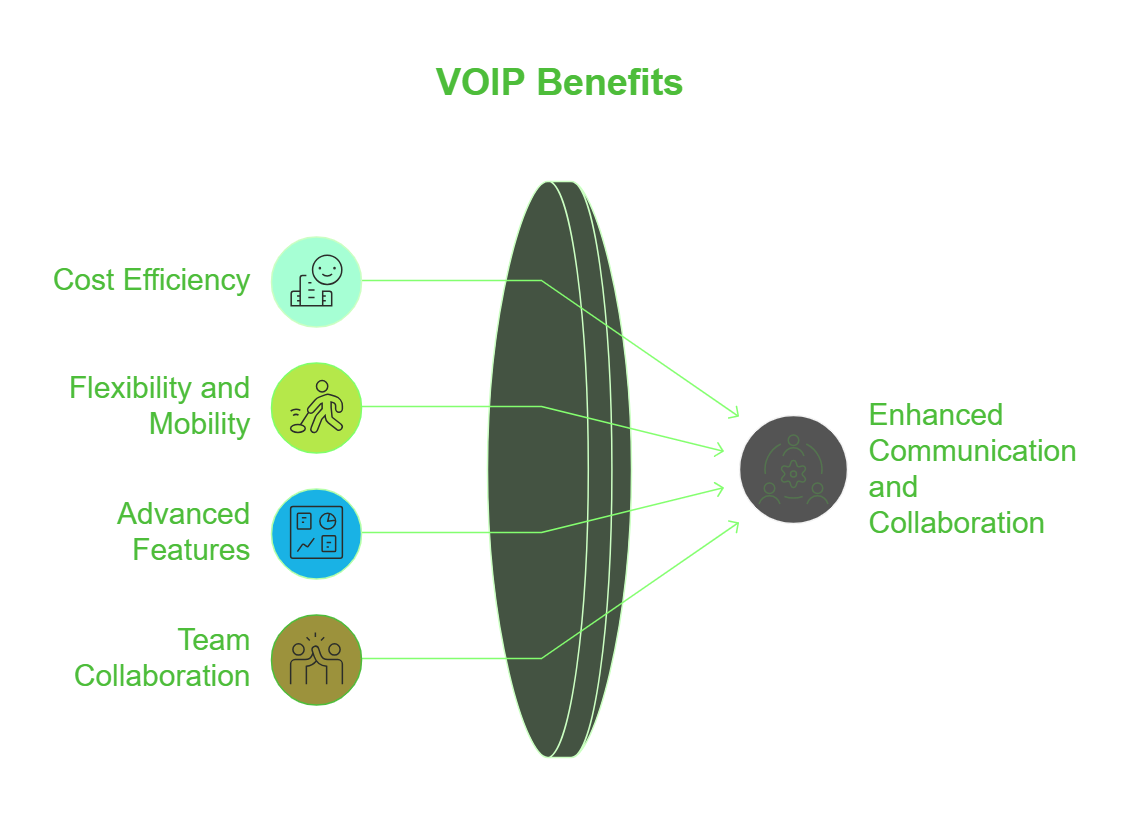
These are some of the benefits of VOIP Services with Softphone:
1. Cost Efficiency
One of the primary advantages of implementing VoIP is the reduction in communication costs. Traditional phone systems require expensive hardware and maintenance, whereas VoIP services like FreJun operate over existing internet infrastructure, dramatically lowering operational expenses. Long-distance calls, often a burden on traditional systems, are also significantly cheaper, offering substantial savings for organizations.
2. Unparalleled Flexibility and Mobility
Remote teams, by their nature, require communication tools that are both flexible and mobile. VoIP services paired with softphones enable team members to make and receive calls from any location in the world, using any device. Whether working from home, a coffee shop, or while traveling, remote workers can remain accessible to clients and colleagues. This mobility helps teams stay connected, maintain client relationships, and ensure smooth workflows, regardless of physical location.
3. Advanced Communication Features
VoIP services come with a wealth of advanced features that are not available in traditional phone systems:
- Call Forwarding: Incoming calls can be redirected to the appropriate team members based on preset rules or availability, ensuring that no communication opportunity is missed.
- Voicemail-to-Email Transcription: Voicemails are automatically transcribed and sent to email, improving accessibility and response times.
- Video Conferencing: Integrated video calling ensures that remote teams can have face-to-face meetings, fostering better collaboration and team connection.
- Comprehensive Call Recording: All calls are automatically recorded for training purposes, quality assurance, or future reference, ensuring the team can revisit important discussions when needed.
4. Enhanced Team Collaboration
VoIP services go beyond voice communication. Many platforms offer features that enhance team collaboration:
- Instant Messaging: Allows quick, text-based communication between team members.
- Presence Indicators: Show the availability of other team members in real-time, which can significantly improve coordination.
- Screen Sharing: A critical feature for remote teams to share visual information, making collaboration more efficient and interactive.
VoIP vs Traditional Phone System
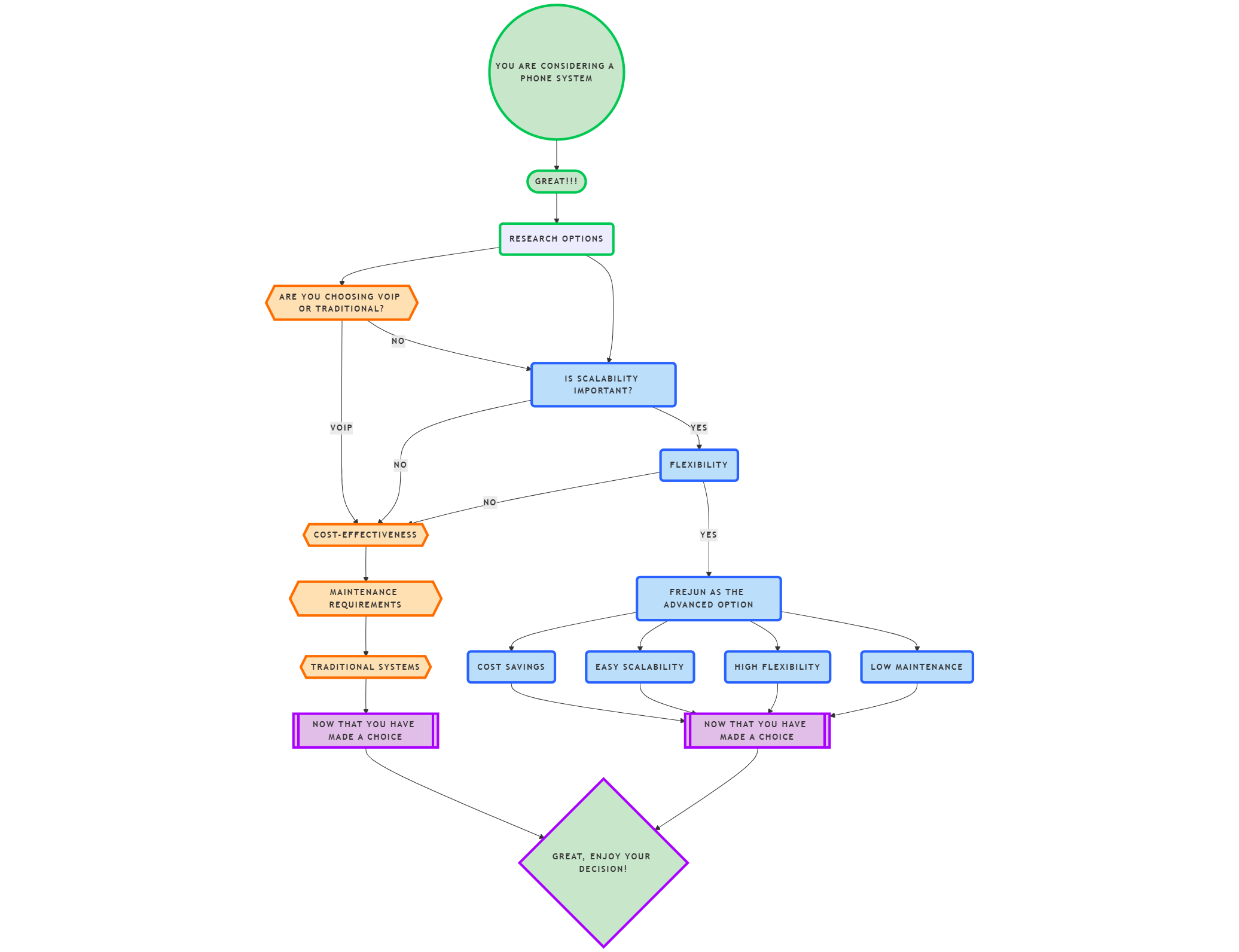
Strategic Implementation of VoIP Services
These are a few strategic implementations of VoIP services:
Assessing Organizational Communication Needs
Before implementing a VoIP solution, it is important to assess your organization’s specific communication requirements. Key considerations include:
- Team Size: The number of users who need access to the VoIP service.
- Geographic Distribution: Consider whether your team members are spread across different time zones and regions.
- Expected Call Volumes: Understand the volume of calls your team is likely to make, as this will influence the bandwidth and infrastructure requirements.
- Specific Feature Requirements: Determine which features are most critical for your team. For example, do you need advanced call analytics, integrations with CRM software, or video conferencing capabilities?
- Budget: Evaluate the overall costs of implementing and maintaining a VoIP solution.
Selecting the Right VoIP Provider
Organizations should carefully consider multiple providers to determine the best fit for their needs. Below is a comparison of some popular VoIP providers.
1. FreJun
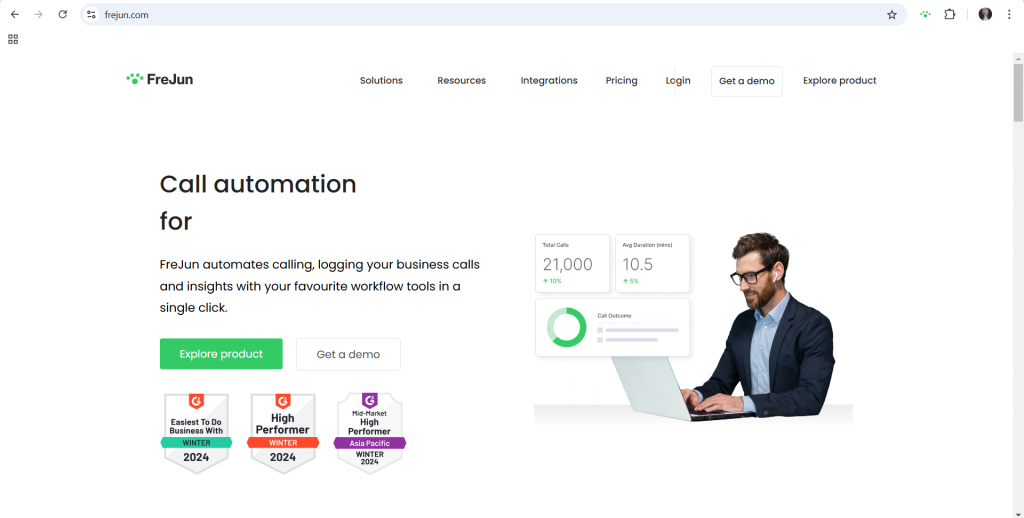
FreJun is a leading phone integration solution tailored specifically for the Indian market. It stands out due to its sophisticated call tracking and analytics capabilities, making it an excellent choice for businesses looking to optimize their communication strategies. The platform is particularly useful for businesses that require real-time insights into their phone interactions, as it allows seamless integration with Salesforce CRM.
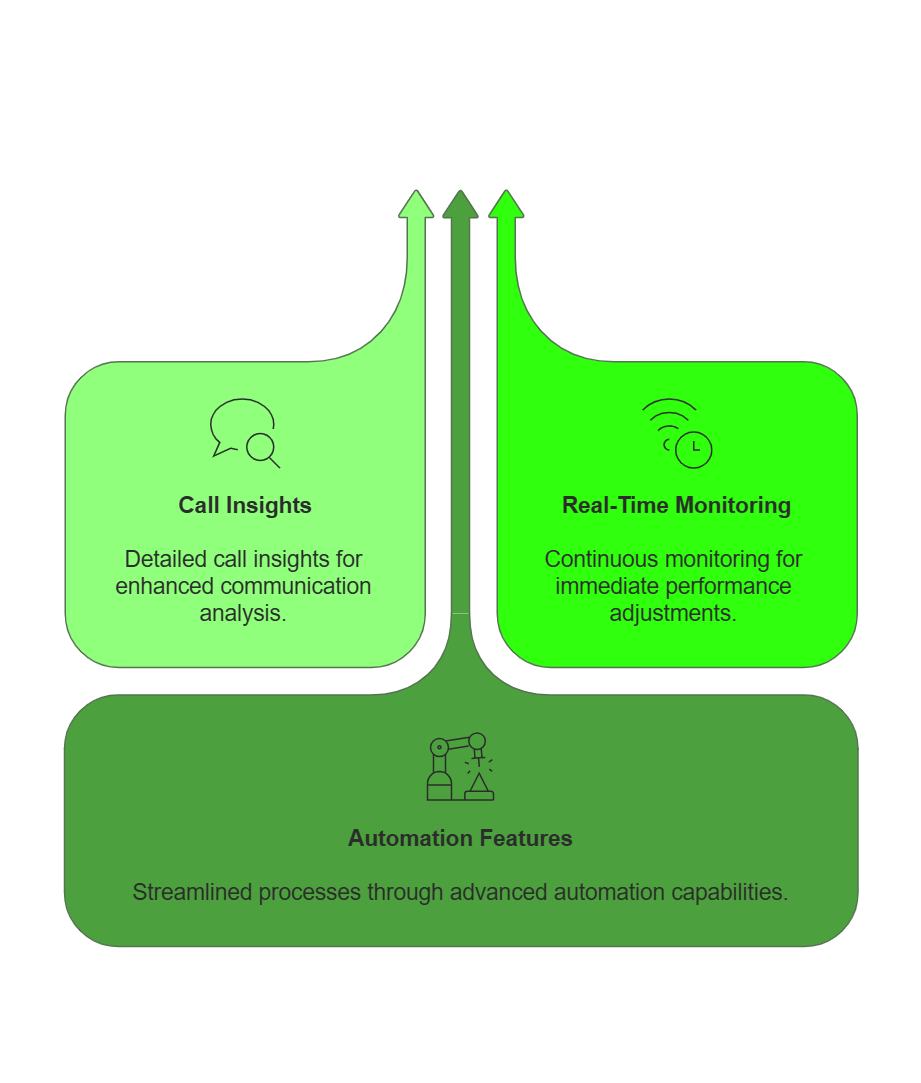
Key Features
- Advanced call tracking and recording
- Real-time analytics dashboard
- Seamless Salesforce CRM integration
- Customizable call workflows for various business needs
- Detailed call analytics to understand customer interactions better
Pricing: Starting at $14.49/user/month (View Pricing)
G2 Rating: 4.9/5 (Read Reviews)
2. RingCentral
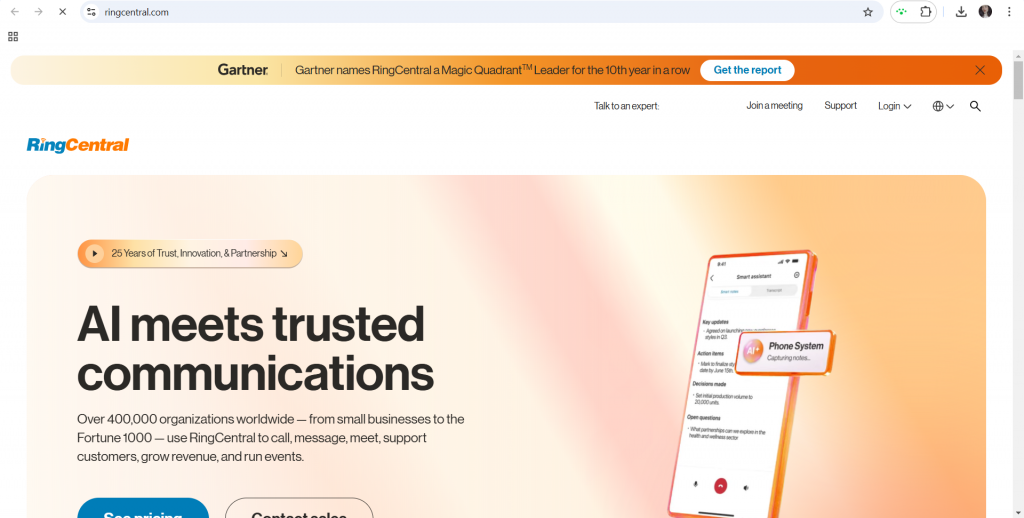
RingCentral offers a comprehensive cloud communication solution with robust Salesforce integration, designed to meet the complex communication needs of modern enterprises. Its platform combines voice, video, messaging, and contact center capabilities into a unified system.
Key Features:
- Comprehensive Communication Suite: RingCentral provides a complete communication ecosystem that supports voice, video, team messaging, and contact center operations within a single platform.
- Advanced Salesforce Integration: The solution offers deep integration with Salesforce Lightning, allowing seamless data synchronization and communication management directly within the CRM interface.
Pricing – The most basic plan starts at $20 per user per month.
G2 Ratings –NA
3. Zoom Phone
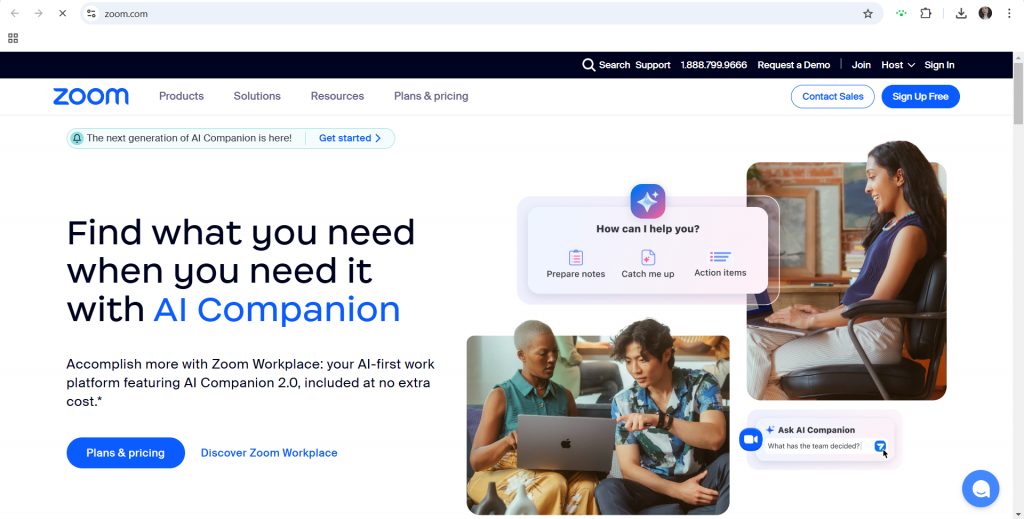
Part of the widely-used Zoom ecosystem, Zoom Phone integrates seamlessly with Zoom’s video conferencing and chat services.
Key Features: High-definition voice, smart call routing, voicemail transcription, and robust security measures.
- Seamlessly integrates with Zoom’s video conferencing platform.
- User-friendly interface with global calling capabilities.
- Offers a unified solution for both voice and video communication.
Pricing: Contact the Zoom Phone team for pricing details.
G2 Review: 4.6 out of 5
Network Preparation and Optimization
To ensure a smooth VoIP implementation, organizations must assess their network capabilities and optimize them for voice traffic. The following technical infrastructure is required:
- Minimum Bandwidth: Ensure a minimum of 100 Kbps per communication line, which can vary based on the quality of the voice call (HD quality may require higher bandwidth).
- Recommended Speeds: An upload/download speed of at least 1 Mbps is recommended for reliable voice communication.
- Low Latency: VoIP calls require low latency connections, ideally below 150 ms, to avoid poor call quality.
- Minimal Network Jitter: Ensure that jitter is below 30 ms to maintain call clarity.
Network optimization strategies include implementing Quality of Service (QoS) configurations on routers, considering dedicated internet lines for critical communication infrastructure, and conducting regular network performance assessments.
Security and Compliance Considerations
When implementing VoIP services, security must be a top priority. VoIP systems are vulnerable to hacking, so organizations must take the following steps:
- Two-Factor Authentication: Add an extra layer of security for all user accounts.
- Strong Password Policies: Require unique and complex passwords for VoIP systems.
- End-to-End Encryption: Ensure that all calls and communications are encrypted to prevent unauthorized access.
- Regular Security Updates: Keep the VoIP system updated to protect against vulnerabilities.
Additionally, different industries have specific compliance regulations that must be adhered to:
- GDPR for organizations operating in the European Union.
- HIPAA for healthcare providers.
- PCI DSS for businesses in the financial sector.
Training and Organizational Adoption
For successful implementation, comprehensive training is essential. Organizations should provide:
- Detailed tutorials on using softphone applications.
- Best practices for effective remote communication.
- Troubleshooting resources to resolve common issues.
- Security awareness training to ensure that team members understand the importance of safeguarding sensitive communication.
Conclusion: The Future of Business Communication
Setting up a sophisticated VoIP service like FreJun is more than just upgrading your communication tools; it’s about investing in a more streamlined, efficient, and productive future. With FreJun’s advanced features, including call automation, workflow integration, and call logging, remote teams can enhance their collaboration and communication efforts.
By preparing your network, ensuring security, and selecting the right provider, businesses can create a robust, flexible communication ecosystem that empowers remote teams to work efficiently, no matter where they are located. The communication landscape continues to evolve, and solutions like FreJun are at the forefront of helping organizations stay connected, collaborate effectively, and drive success in a distributed world.
Further Reading: How to Make Sales Calls from a Dialer in Salesforce CRM
Frequently Asked Questions
Just a computer or mobile device, a headset, and a stable internet connection — providers like FreJun handle the rest through cloud-based systems.
Your VoIP provider will supply virtual numbers that can be easily assigned; FreJun simplifies this with bulk user management.
With the right provider, yes — FreJun offers HD call quality even for geographically dispersed teams.
Some softphones integrate with CRMs and platforms like Slack; FreJun offers seamless CRM integrations.
Many systems, such as FreJun, include built-in call recording and analytics dashboards for supervisors.
Absolutely. Cloud-based providers like FreJun allow easy addition of new users without major infrastructure changes.
Trusted providers like FreJun use encryption and secure protocols to protect call data.
Subhash is the Founder of FreJun, the global call automation platform. With 8+ years of entrepreneurial experience, FreJun was established to help customers with their voice communication needs. The goal of FreJun is to develop cutting edge technology and solutions to help customers.
